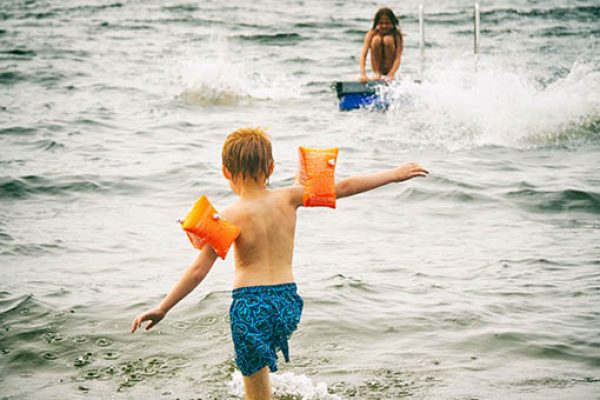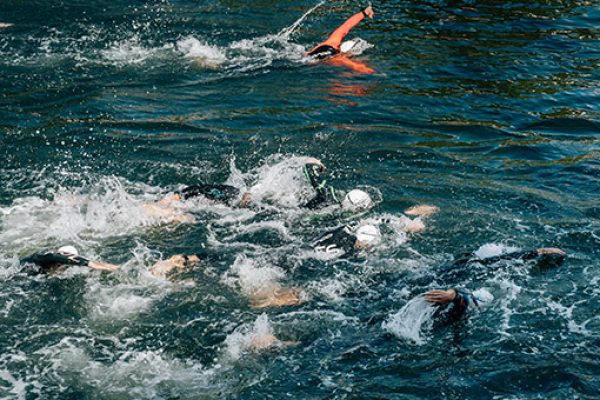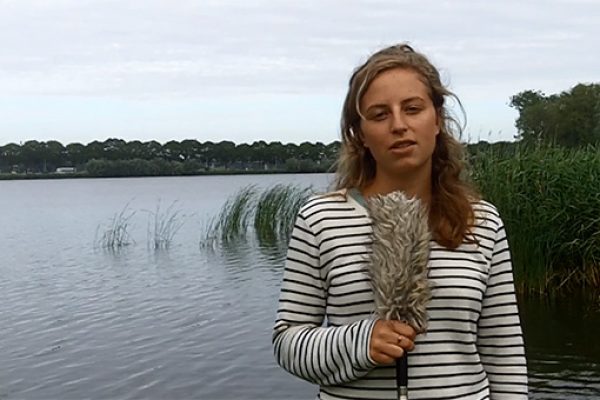Water sports and health
We have a guest blog this week, kindly authored by Charlotte Mills, our BlueHealth summer intern.
Could water sports help to improve health and save money? In the summer of 2017, I joined the BlueHealth team at the University of Exeter as a student research assistant to try and find out.
Working alongside Environmental Psychologists Mat White and Lewis Elliott, my initial task was to get to grips with the Water Sports Participation Survey a UK-based database that contains information on how often people take part in 27 different blue space activities.
These range from ‘on water’ pursuits such as boating, water skiing and windsurfing, to ‘in water’ activities like surfing, swimming and diving. The data also includes pastimes that take place close to water, such as fishing, climbing and coastal walking.
We focused our study on the 2012 wave of results, which includes responses from 28,000 individuals between the age of 16 and 55, and information on more than 18,000 visits to blue spaces where some kind of water sport also took place.
Next we had to work out how much energy each activity used. So that we can directly compare different water sports, we used a standardised measure called ‘metabolic equivalent’ – or MET for short. For example, sitting quietly requires a MET energy expenditure of 1, compared to kitesurfing which is a whopping 11.
We applied an established list of MET rates from the Compendium of Physical Activities as our basis, and took the closest value for pursuits where no data existed. For some activities, the amount of effort involved can vary greatly according to conditions and the time spent doing them. So we made estimates on these values based on the different intensities of exercise available for each activity.
The Watersports Participation dataset did not tell us how long people spent doing each activity. So we also made estimates on these values based on data from other surveys like the Welsh Outdoor Recreation Survey and the Active People Survey.
With our MET and duration values in place, we could begin to calculate the impact that recreation in blue spaces has on health and healthcare expenditure.
To do that we used a measure called the Quality Adjusted Life Year. A QALY is a measure of quality of life, where one QALY is equal to one year of perfect health. This might seem like an abstract concept, but it helps us to ‘put a price on health’ and assess the value of different kinds of medical treatment.
For example, 30 minutes of physical activity is thought to provide a QALY gain of 0.0106768 per individual. Which means that using our MET values, we can assess how our list of water sports are likely to impact health.
We worked out the QALY gain by first multiplying the MET rate of an activity by its average duration. We then multiplied this by the number of times people did an activity per year. Finally, we multiplied this by the QALY gain and added up the individual QALY’s per activity, ending up with an average overall QALY gain for each activity.
We scaled the trends from our survey data and applied these at a national level. The QALY gains across the UK population were large, with individuals participating in water sports sharing over 300,000 extra years in perfect health. We are currently working on adding monetary values to the QALY changes and understanding what this means for potential cost savings.
But (I’ve learned there is always a ‘but’ with findings of this nature)…we must be very cautious in our interpretation of our findings. The survey relies on self-reported data, which could lead to inaccurate reporting of activities and therefore less accurate QALY valuations. To overcome this in future, we would need to collect data which is representative of the UK population and tracks people’s blue space activities over time.
Nevertheless, this study has shown the importance of blue spaces for health promotion. Protecting blue environments and ensuring they are accessible means they can be used to increase physical activity, and perhaps relieve some pressure placed on the NHS.
My time on the BlueHealth project has provided me with a fascinating insight into how we can use existing data to produce meaningful research. I am very grateful to my supervisors for their support and I’m looking forward to using the skills gained throughout my postgraduate studies.




